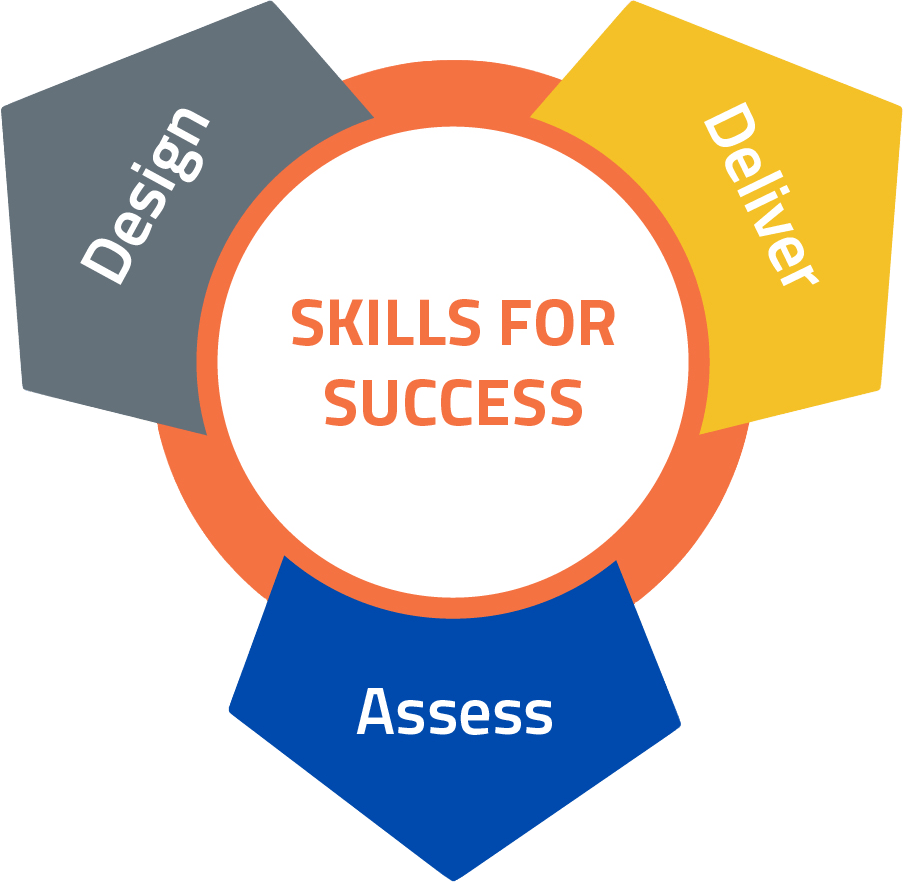Bias is a disproportionate weight in favor of or against an idea, person or thing, usually in a way that is closed-minded, prejudicial or unfair.
Communication and Cognitive Bias
- Bias-Free Communication. https://www.canr.msu.edu/od/uploads/files/Civil_Rights/Bias-Free_Communication_2009.pdf
- Service, C. S. of P. (2021, February 16). Facilitation Essentials: Unconscious Bias. Government of Canada. https://www.csps-efpc.gc.ca/tools/jobaids/unconscious-bias-eng.aspx
- (Mis)Understanding Others: Three Biases that Affect How We Communicate. NeuroLeadership Institute. https://neuroleadership.com/your-brain-at-work/biases-shape-communication/
- The 5 Biggest Biases That Affect Decision-Making. NeuroLeadership Institute. https://neuroleadership.com/your-brain-at-work/seeds-model-biases-affect-decision-making/
Assessment Bias
- Making Unconscious Bias Conscious. Canadian Evaluation Society. https://evaluationcanada.ca/module-3-making-unconscious-bias-conscious
- The Glossary of Education Reform. Test Bias. https://www.edglossary.org/test-bias/
